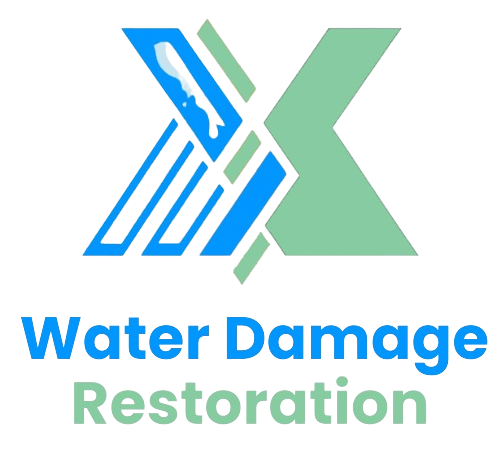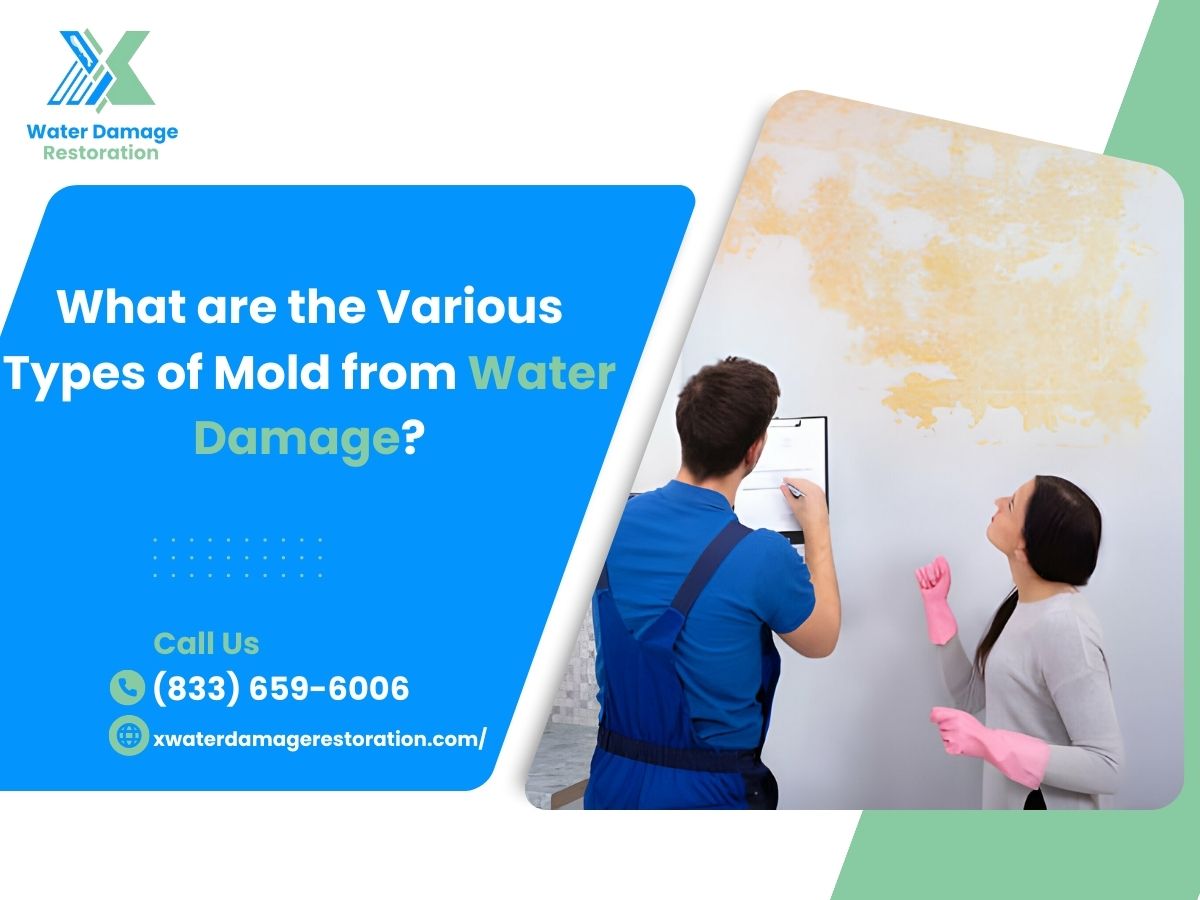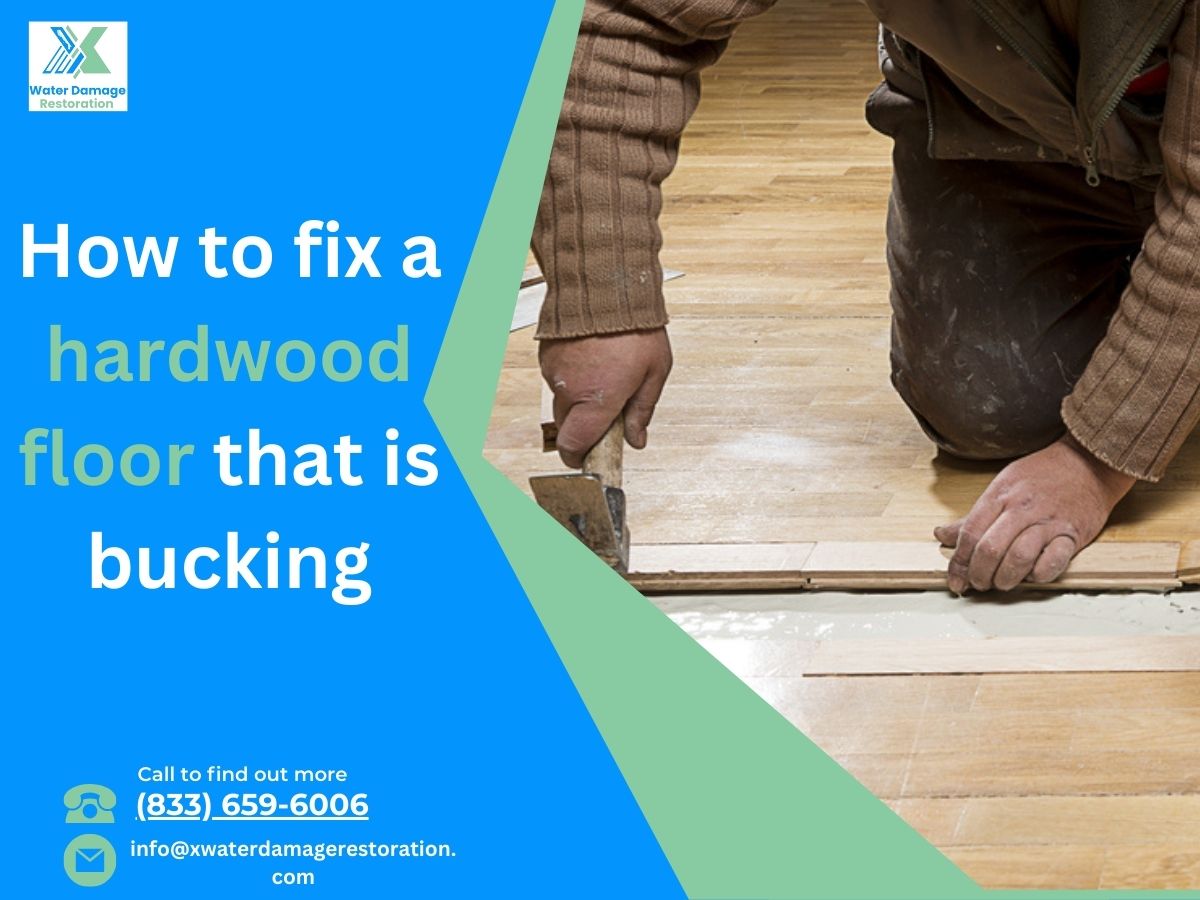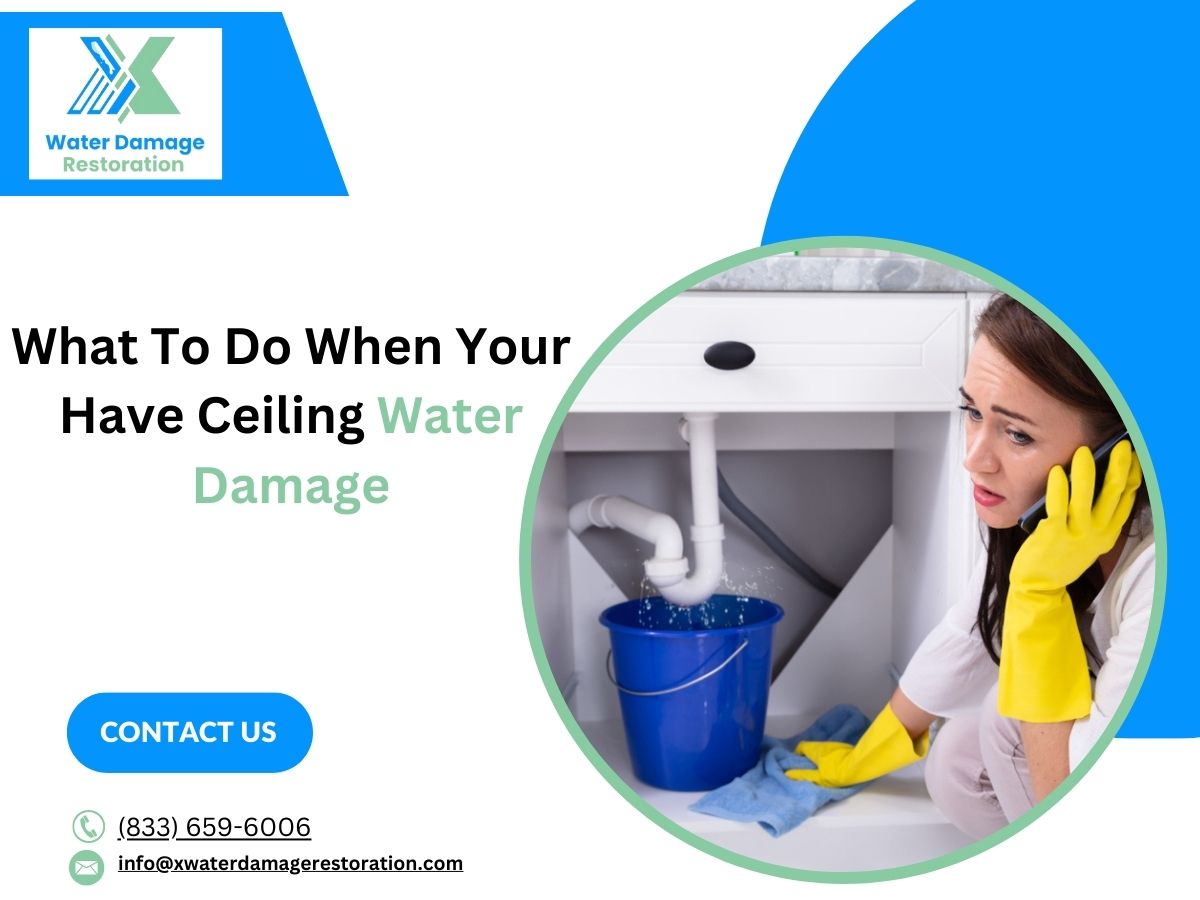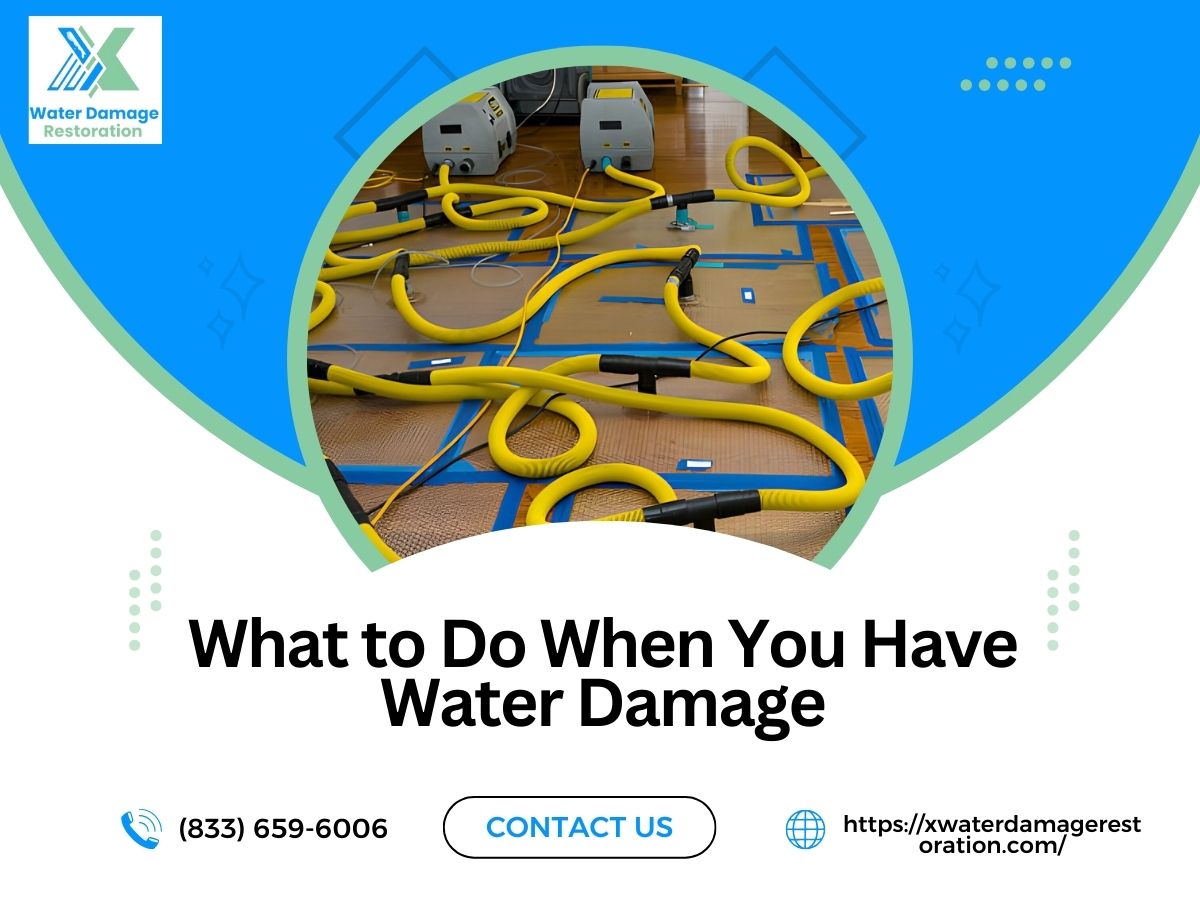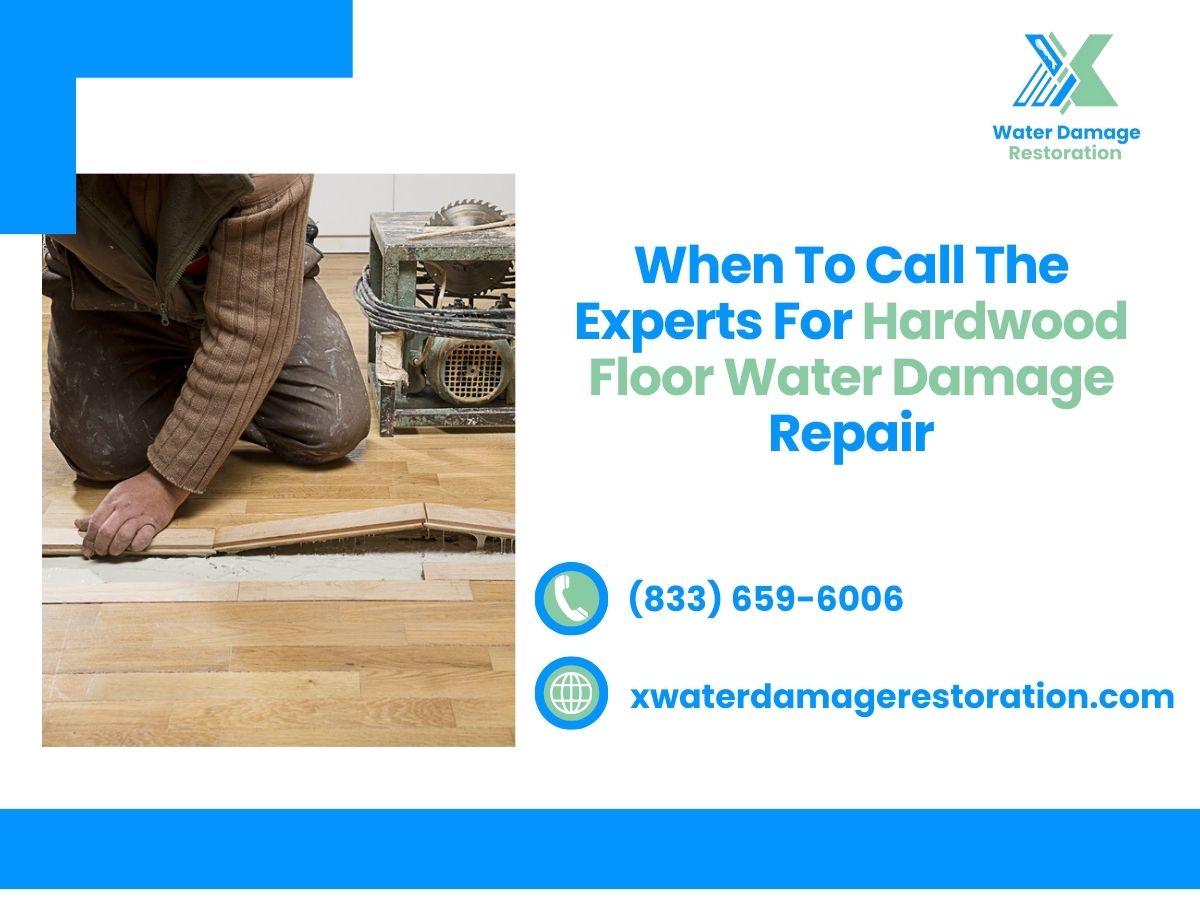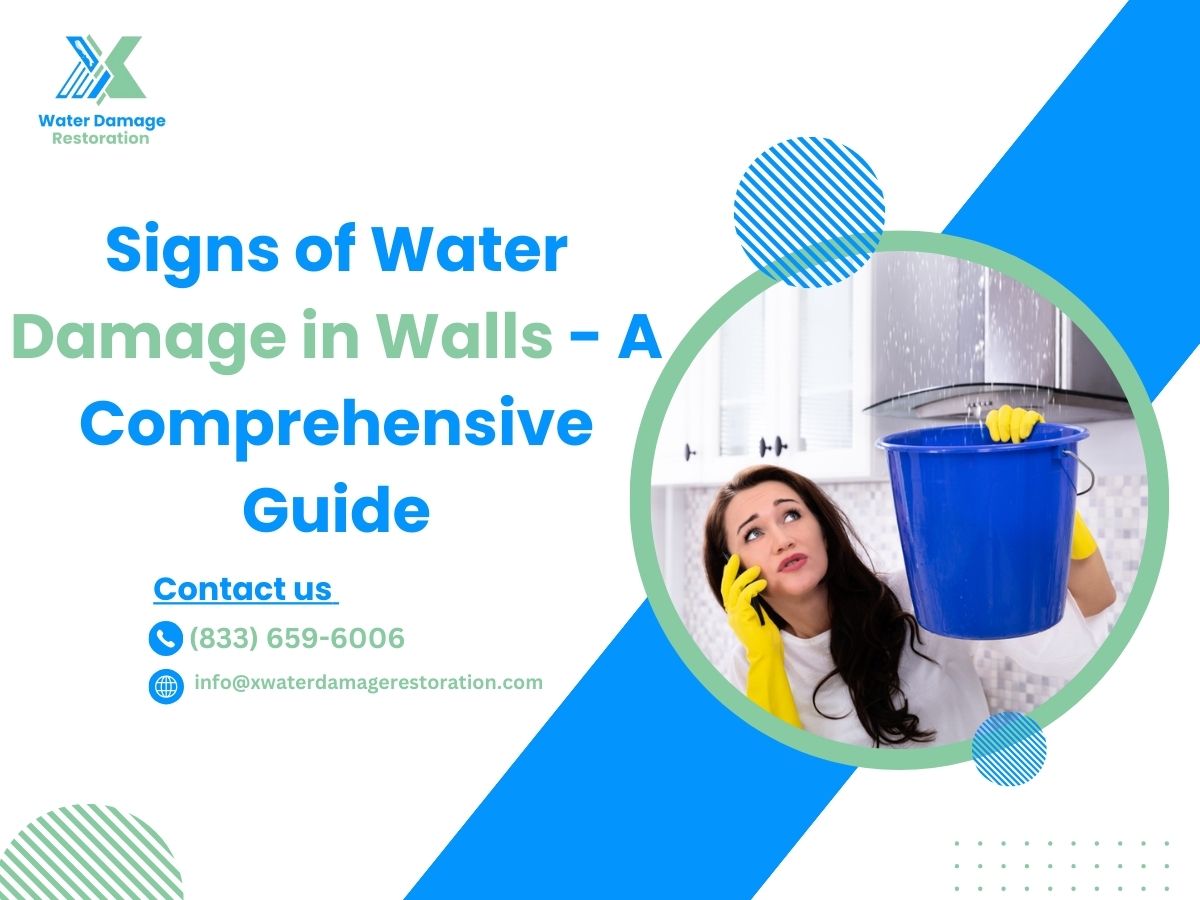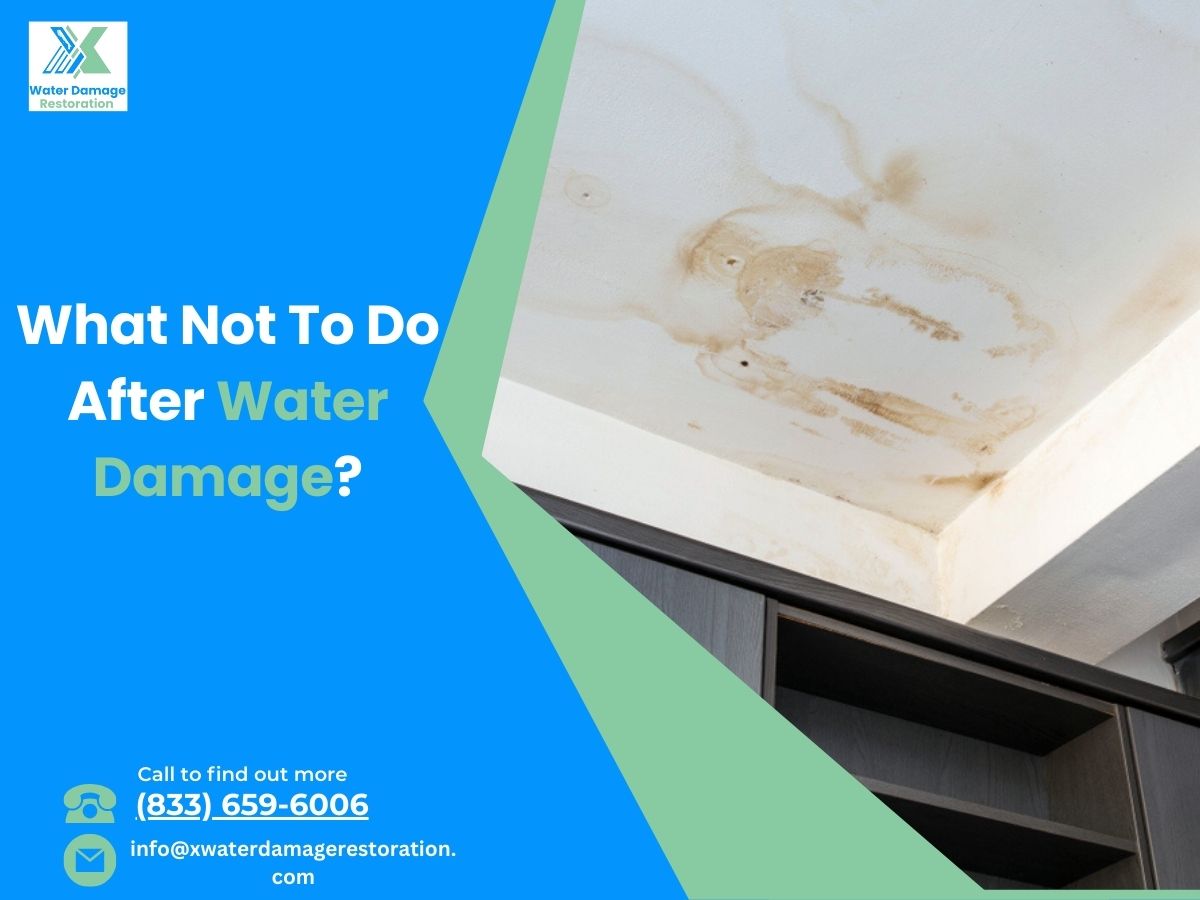Water damage can wreak havoc in our homes, and one of the silent invaders that often follows is mold. Understanding the different types of mold that can result from water damage is crucial for effective mitigation and remediation efforts. This article will delve into the world of mold, exploring its various types, health implications, identification methods, and preventive measures.
Understanding Mold Growth
Mold is a formidable adversary that can thrive in damp and humid environments, making it a common aftermath of water damage. The consequences of excess moisture can be far-reaching, whether it’s a leaky roof, burst pipes, or flooding. In this guide, we aim to shed light on the diverse types of mold that often accompany water damage and equip you with the knowledge needed for effective prevention and remediation.
Before delving into the types of mold, it’s essential to grasp the conditions that foster mold growth. Humidity, warmth, and darkness create an ideal breeding ground for mold. Common areas affected by water damage include basements, attics, and areas with poor ventilation.
Types of Mold Resulting from Water Damage
Black Mold (Stachybotrys): One of the most notorious types, black mold, or Stachybotrys, is known for its dark greenish-black appearance. Exposure to this mold can lead to severe health issues, particularly respiratory problems.
Aspergillus: Aspergillus is a common indoor mold that can cause allergies and respiratory infections. It comes in various colors, including green, yellow, and white.
Cladosporium: Often found on fabrics and porous materials, Cladosporium can trigger respiratory symptoms and skin irritation.
Alternaria: Frequently discovered in damp areas, Alternaria is known for causing allergic reactions. It appears as dark green or brown spots.
Penicillium: This mold is prevalent in water-damaged buildings and can lead to respiratory issues and allergic reactions. It is usually presented in shades of blue or green.
Fusarium: Fusarium is commonly found in water-damaged carpeting and can cause eye, skin, and nail infections.
Visible Signs of Mold in Homes
Here are some key visible signs to watch out for:
Discoloration on Surfaces: Mold often appears as discoloured patches on walls, ceilings, or other surfaces. These patches can range in color from black and green to brown and white, depending on the type of mold.
Growth in Damp Areas: Mold thrives in damp and humid environments. Check areas prone to water damage, such as basements, bathrooms, and attics, for any visible growth or discoloration.
Peeling or Warping: Mold can cause wallpaper or wooden surfaces to peel or warp. If you notice any unusual changes in the integrity of materials, it could be a sign of mold behind or within them.
Musty Odor: Mold often produces a distinct musty odor. If you detect an unpleasant and earthy smell in specific areas of your home, it might indicate hidden mold.
Ceiling Stains: Water leaks from roofs or plumbing issues can lead to ceiling stains. These stains may indicate not only water damage but also the potential for mold growth in the affected areas.
Visible Mold Clusters: In severe cases, you may see clusters or colonies of mold. These can take various shapes and sizes, appearing as fuzzy spots, patches, or even thread-like growth.
Allergic Reactions: While not a visible sign of mold, allergic reactions in occupants, such as sneezing, coughing, or skin irritation, may suggest the presence of mold in the environment.
Condensation: Excessive condensation on windows, walls, or pipes can create a conducive environment for mold growth. Addressing the source of condensation is crucial to preventing mold development.
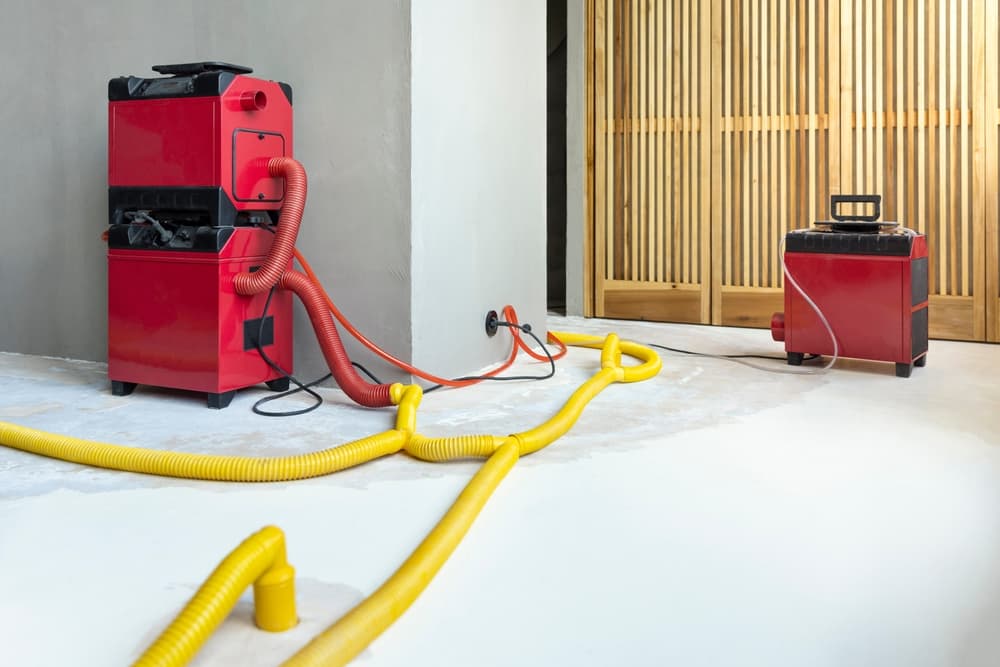
Tips for Safe Mold Cleanup
Ensuring a safe mold cleanup process is crucial to protect your health and prevent further contamination. Here are some essential tips for safe mold cleanup:
Wear Protective Gear
- Gloves: Wear disposable gloves to prevent direct contact with mold and cleaning agents.
- Goggles: Protect your eyes with goggles to prevent irritation or injury.
- Ventilate the Area: Open windows and doors to allow proper ventilation during the cleanup process. This helps disperse mold spores and minimize indoor air pollution.
- Moisten Moldy Surfaces: Lightly mist moldy surfaces with water before cleaning to minimize the release of airborne spores. Avoid excessive moisture to prevent further mold growth.
- Use Natural Cleaners or Mold-Killing Solutions: Opt for natural cleaning solutions like white vinegar or baking soda, or use commercial mold-killing products. Follow the manufacturer’s instructions for proper application.
- Avoid Aggressive Cleaning: Avoid aggressive scrubbing or brushing, as it can release more mold spores into the air. Gently clean surfaces to remove mold without causing additional contamination.
- Dispose of Contaminated Materials: Discard materials that cannot be adequately cleaned, such as porous items like carpets, drywall, or insulation. Seal them in plastic bags before disposal.
- Monitor Health During Cleanup: Pay attention to any allergic reactions or respiratory symptoms during the cleanup process. If you experience adverse health effects, take breaks and seek medical attention if necessary.
- Dry the Area Thoroughly: After cleaning, ensure the area is thoroughly dried. Use dehumidifiers if needed to maintain low humidity levels and prevent future mold growth.
- Seek Professional Help for Extensive Infestations: For large or complex mold infestations, it’s advisable to seek professional mold remediation services. Professionals have the expertise and equipment to handle extensive cleanup safely.
- Educate Yourself: Familiarize yourself with mold types and proper cleanup techniques. Knowledge empowers you to make informed decisions during the cleanup process.
X Water Damage Restoration: Your Trusted Partner in Mold Mitigation
X Water Damage Restoration specializes in swift 24/7 emergency response, utilizing cutting-edge equipment for rapid water extraction and efficient drying. Our experienced team conducts thorough inspections, identifying and removing mold with proven techniques. Beyond cleaning, we ensure comprehensive sanitization and offer professional mold remediation.
We handle the entire restoration process, from repairing damaged structures to guiding you through insurance claims. Our customer-centric approach prioritizes your satisfaction, and we provide education on preventive measures to minimize future risks. Trust X Water Damage Restoration for prompt, reliable, and expert assistance in navigating the challenges of water damage and mold.
In conclusion, the various types of mold resulting from water damage underscore the importance of prompt and effective remediation. From identifying mold types to understanding health implications and legal responsibilities, being informed is the first step in protecting your home and well-being.
